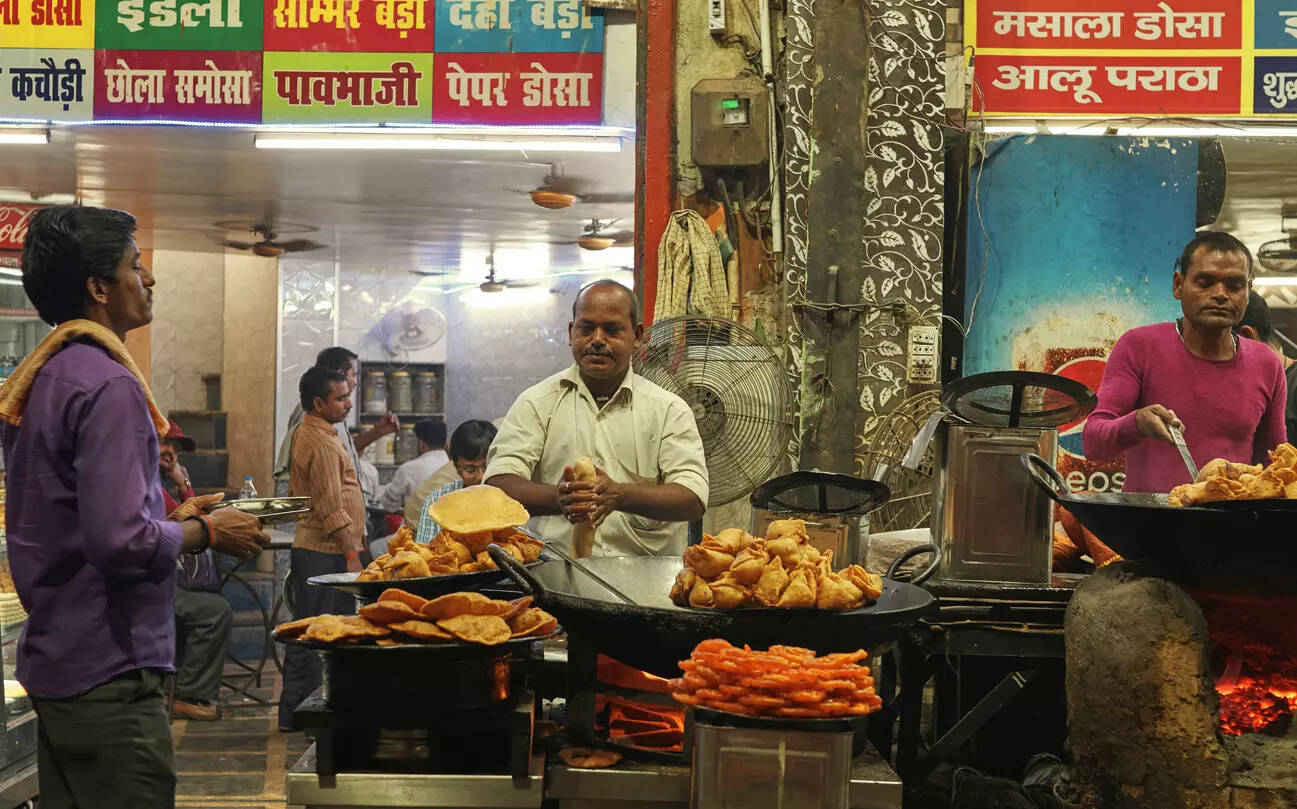
New Delhi: In India, where food is deeply emotional and snacks like samosas and jalebis are part of everyday culture, even a hint of regulation can spark strong reactions. Recently, the Union Ministry of Health and Family Welfare (MoHFW) clarified reports suggesting warning labels might soon appear on popular snacks.
The Ministry stressed that there is no such directive, only an advisory encouraging educational boards to be displayed in office cafeterias, lobbies, and canteens to spread awareness about the health risks of excess sugar, fats, and ultra-processed foods.
However, the advisory has unintentionally stirred a larger, timely debate—about lifestyle, dietary habits, and the growing burden of cancer in India beyond smoking and alcohol.
Dr. Manish Singhal, Senior Consultant – Medical Oncology, Apollo Cancer Centre, New Delhi, emphasised that the problem lies not in enjoying an occasional snack—but in frequent, unmoderated consumption of fried, sugary foods.
“These snacks are deceptively simple,” Dr. Singhal said. “Jalebis are loaded with sugar, samosas are deep-fried and made from refined flour, and both lack fibre or nutrients. Over time, this contributes to belly fat, poor metabolic health, and chronic inflammation—all major drivers of cancer.”
Obesity is now linked to at least 13 types of cancer, including post-menopausal breast, colorectal, kidney, endometrial, and pancreatic cancers. Dr. Singhal warns that visceral (belly) fat is particularly dangerous: “It increases estrogen, insulin, and inflammation—all of which can promote cancer cell growth.”
The greater risk, Dr Singhal explained, may lie in how these foods are prepared. “Repeatedly used cooking oil, common in street food stalls, leads to formation of trans fats and toxic chemicals like aldehydes and acrylamide,” he said.
Acrylamide, found when starchy foods are fried above 120°C, is classified as a probable human carcinogen. While human studies are ongoing, animal studies have shown DNA damage and tumour growth.
Trans fats, particularly from industrial processing, are also linked to higher risks of ovarian, breast, prostate, and colorectal cancers, but remain invisible to consumers—making public education vital.
Chronic Inflammation: A Hidden Threat
Dr. Singhal also highlighted how low-grade inflammation from frequent consumption of processed foods acts as a silent cancer risk factor.
“In cancers like breast and endometrial cancer, fat tissue can convert into estrogen via the enzyme aromatase,” he explained. “This increases cancer risk significantly. The same process is implicated in colon cancer, especially in diets rich in fats but low in fibre.”
He cited studies showing obesity raises the risk of colorectal cancer by up to 36%, a concerning figure as urban India sees a sharp rise in obesity.
A Wake-Up Call, Not a Ban
Experts say the union ministry’s advisory could be a turning point, much like tobacco warnings in the past.
“This isn’t about banning laddoos or demonizing samosas,” said Dr. Singhal. “It’s about informed moderation. Just as we warn about smoking or alcohol, we need to educate people about ultra-processed foods and the long-term health risks they carry.”
Visible boards in workplaces and public areas, he added, could trigger a “pause moment” and encourage healthier choices.
Balance, Not Fear
Doctors agree that traditional snacks eaten occasionally—when balanced with an active lifestyle—don’t pose major harm. But the trend of daily indulgence, poor diet quality, and sedentary habits must be checked.
“If someone enjoys a samosa,” Dr Singhal quipped, “they should also be ready for a ‘GYMosa’—a regular fitness routine to burn it off!”
As India faces a rising cancer burden, small, preventive steps like this advisory can go a long way—starting not in hospitals, but in our homes, schools, and canteens.
The takeaway: The Union Health Ministry is not banning Indian food—it’s nudging people to reflect on their lifestyle choices today, to prevent tomorrow’s health crises.